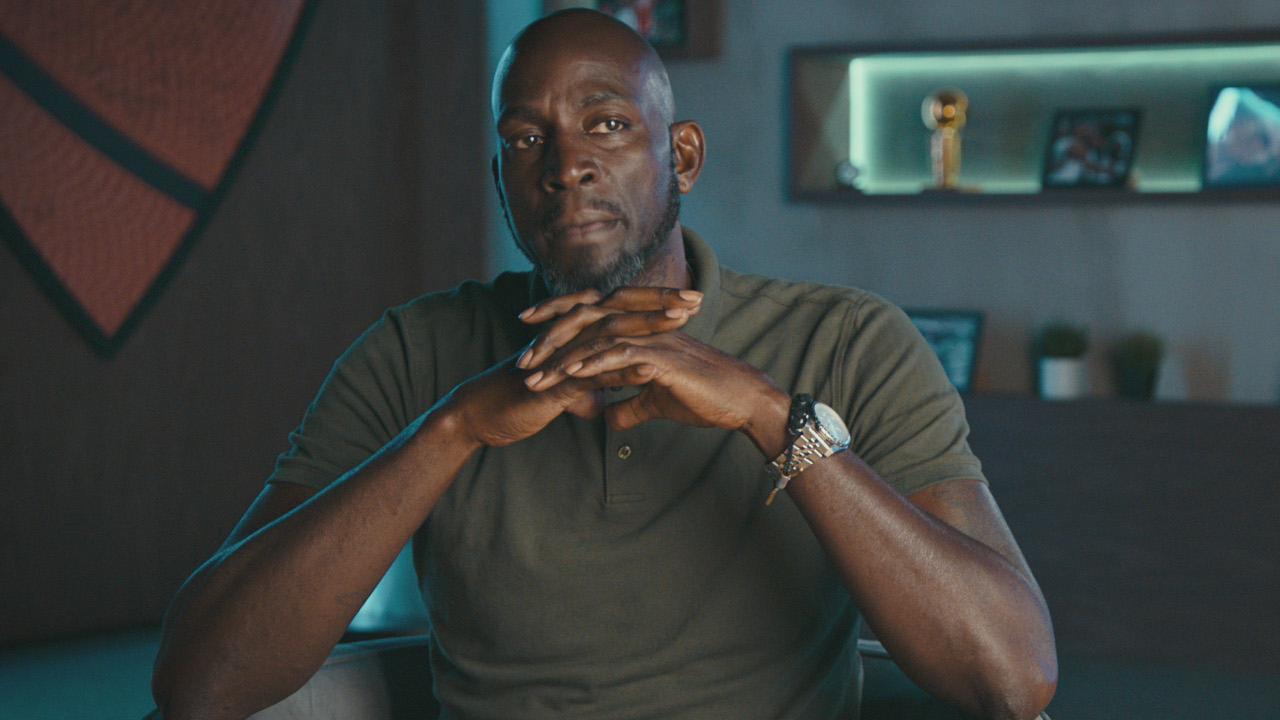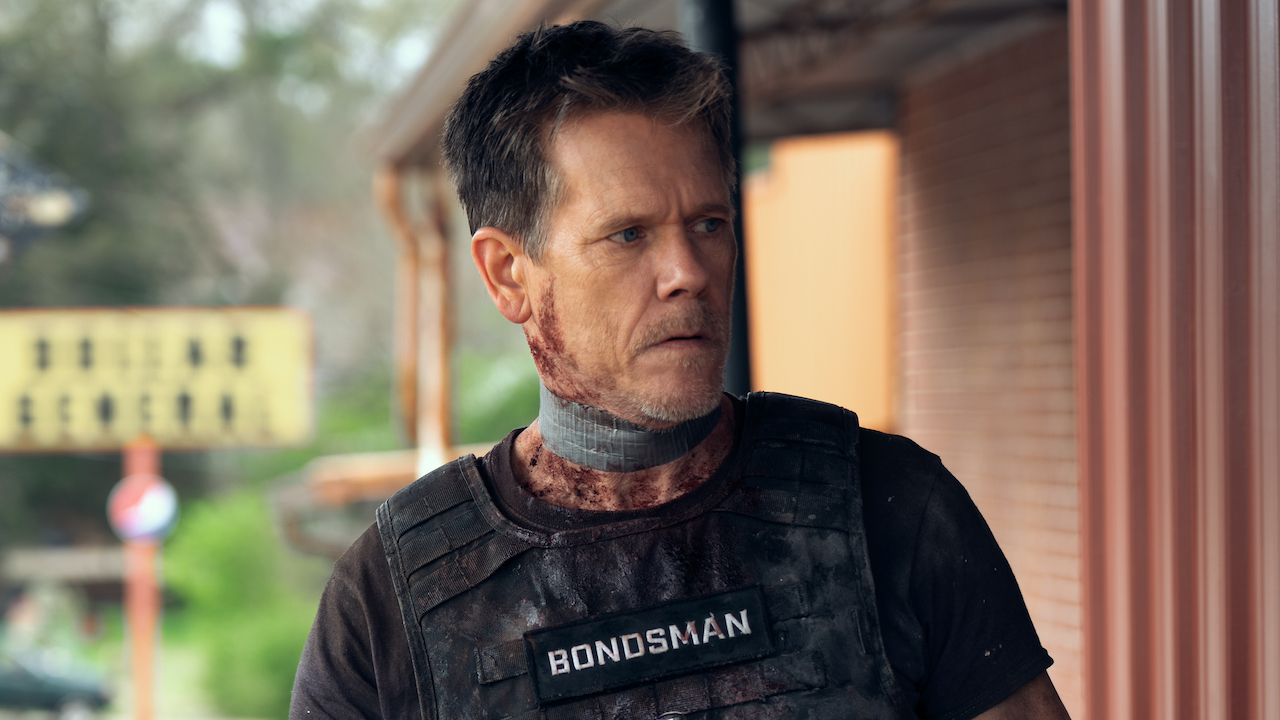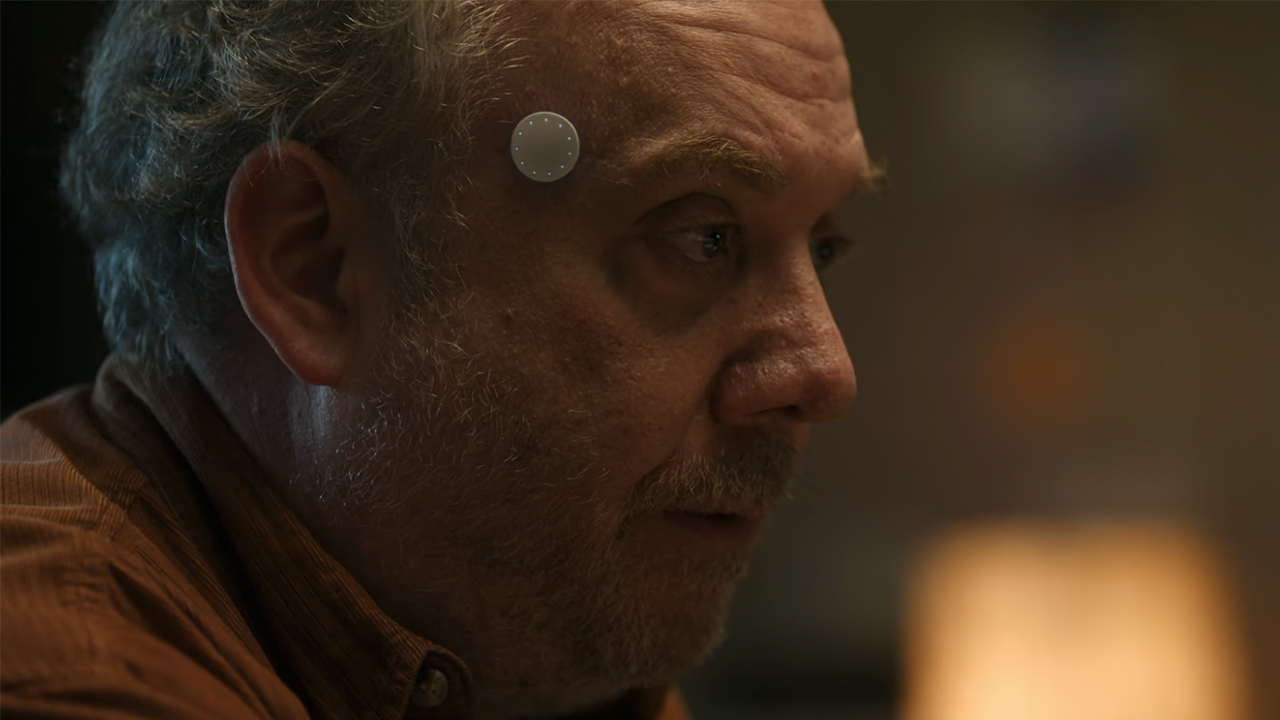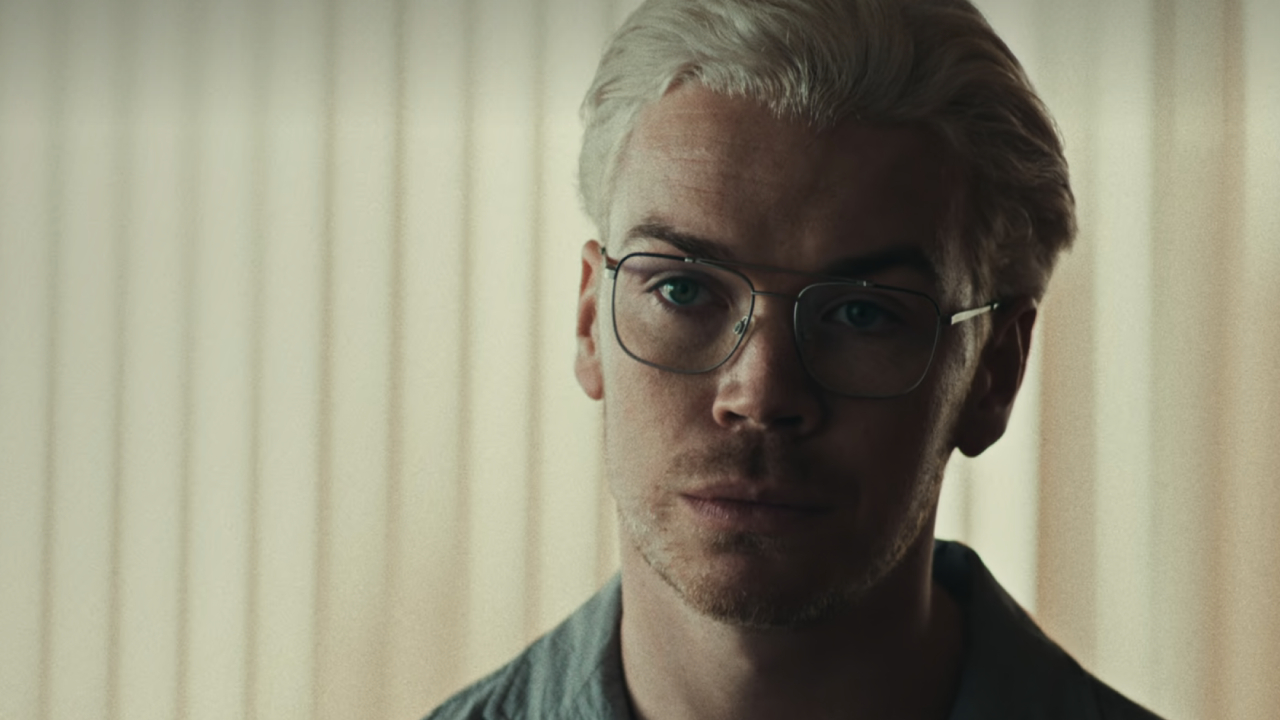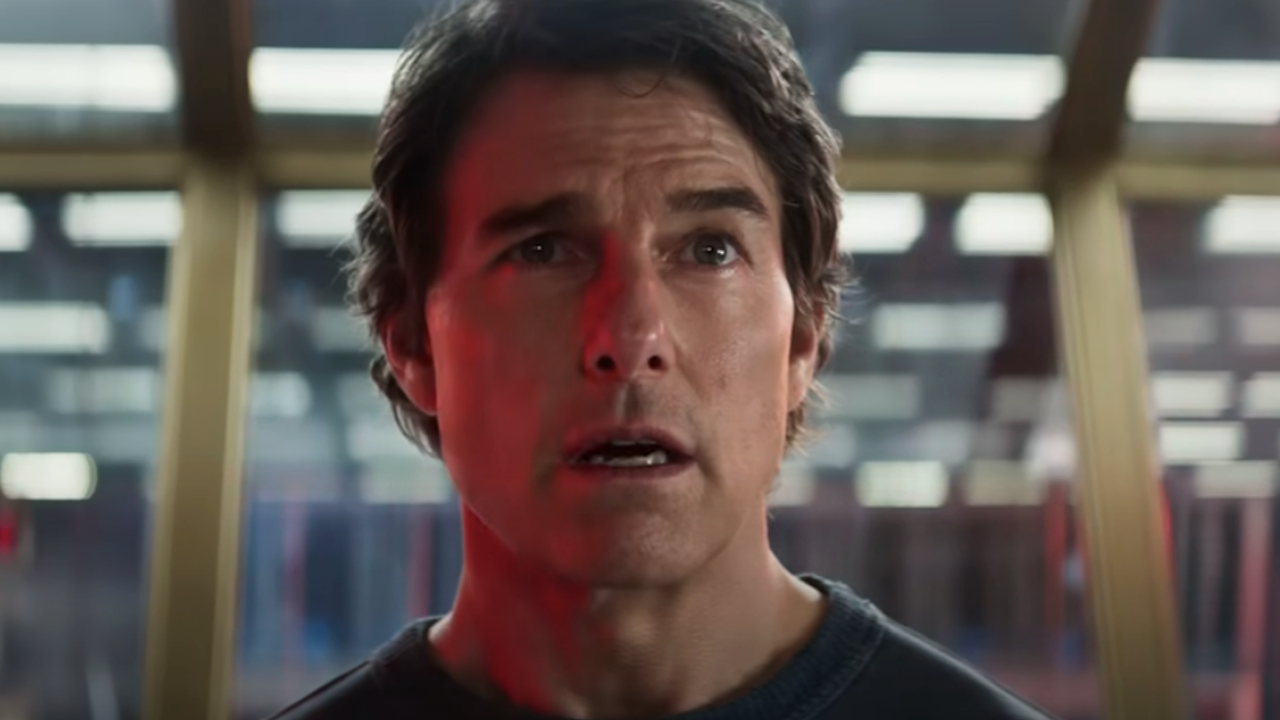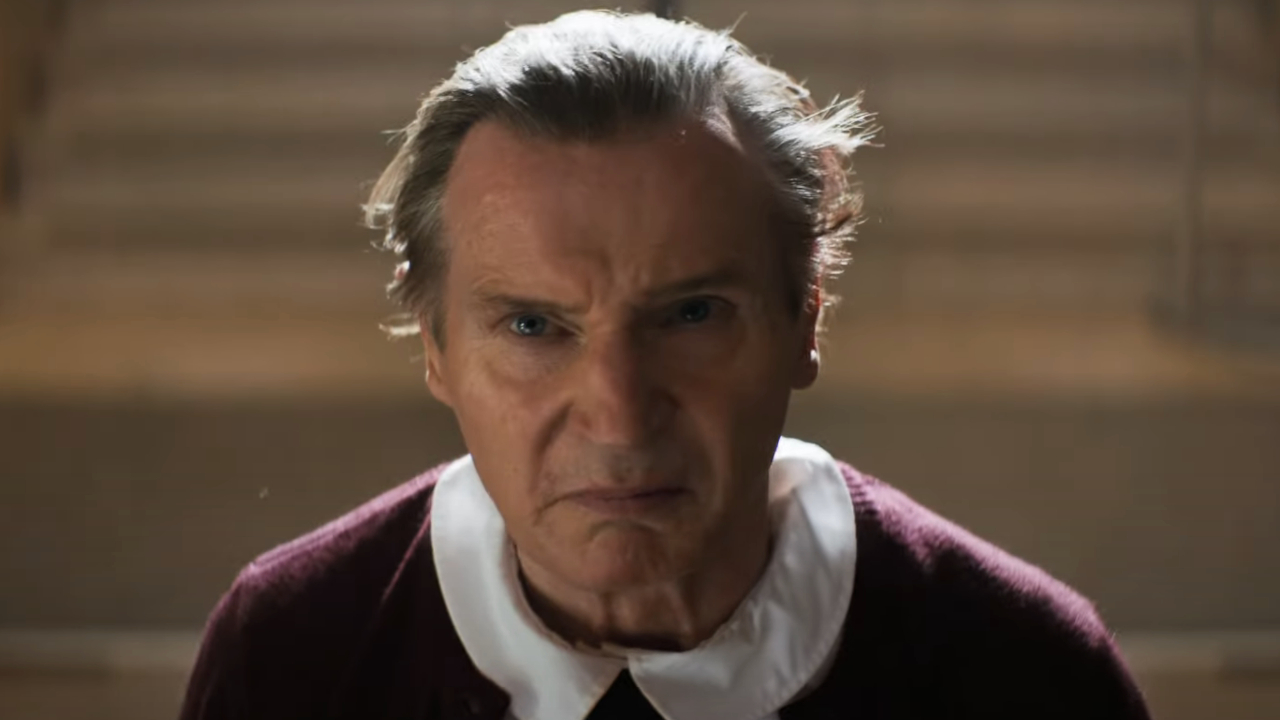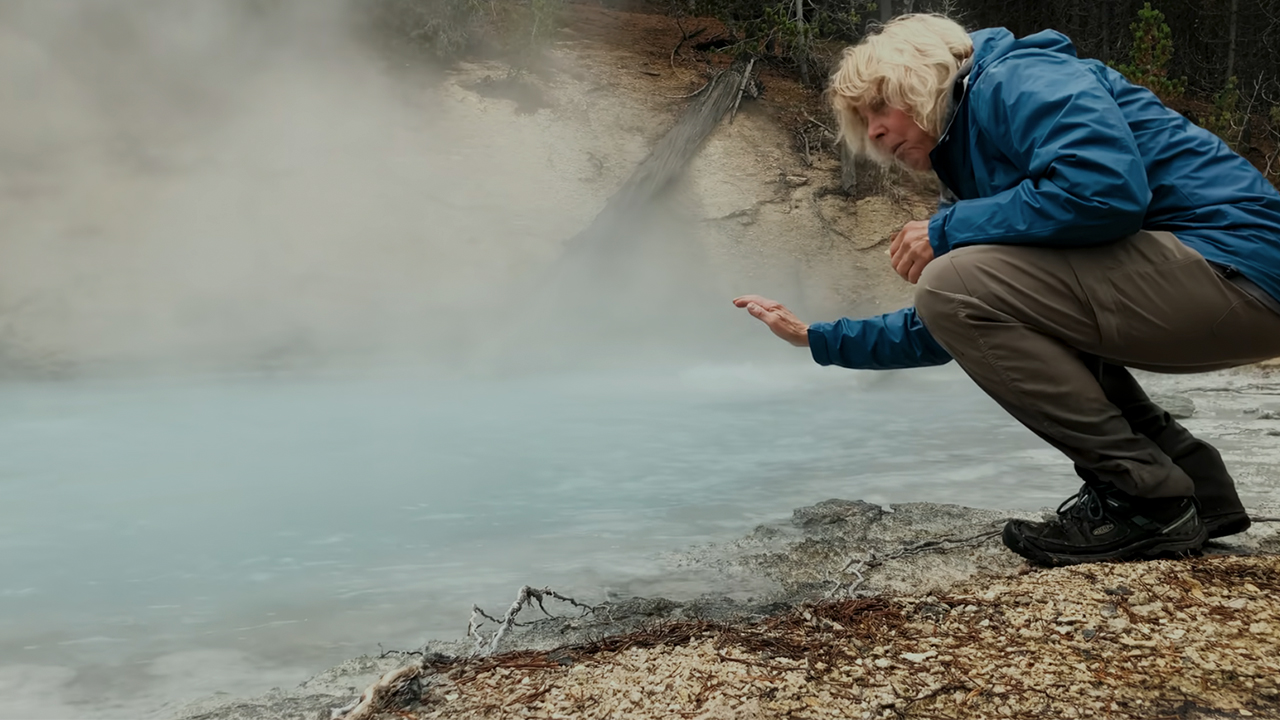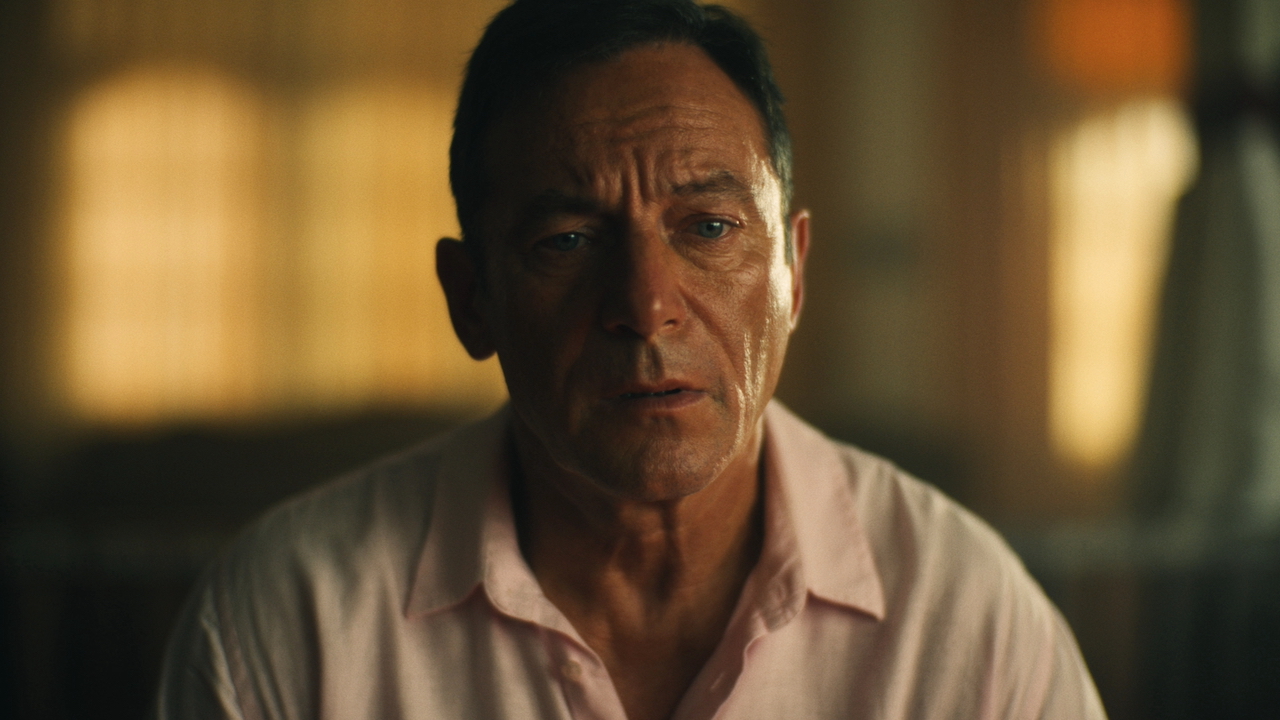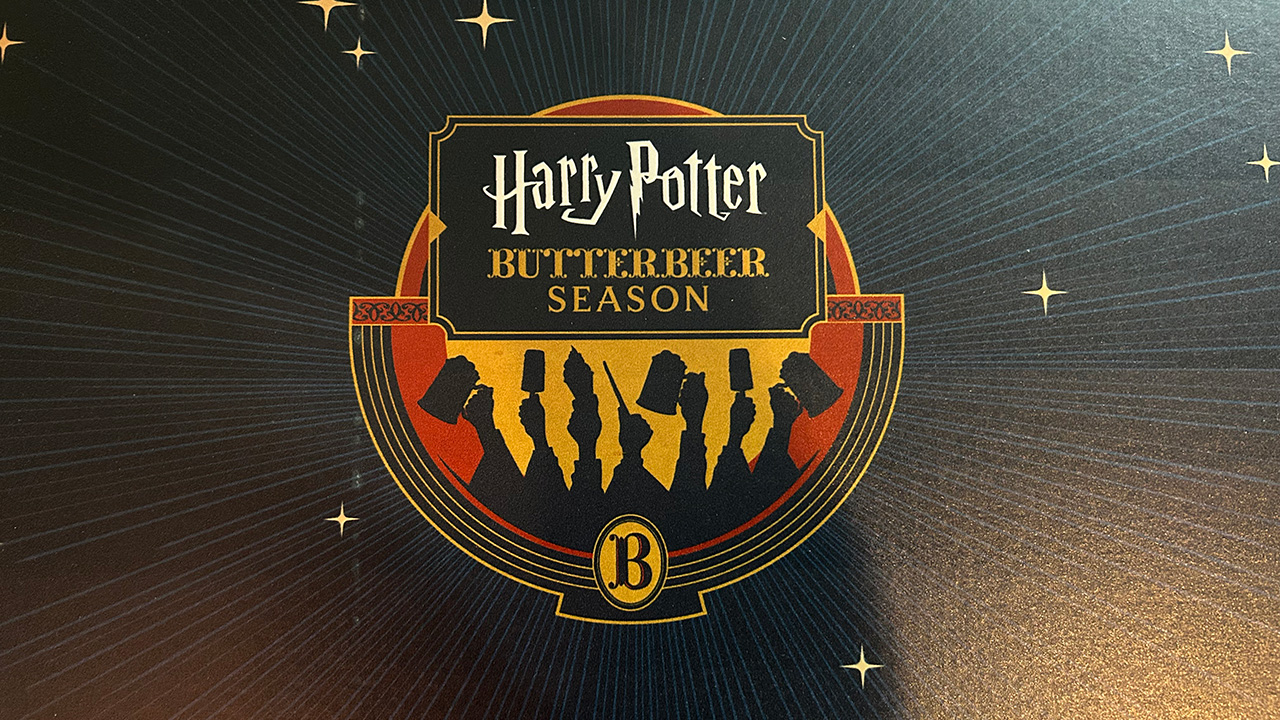Where The Crawdads Sing Ending Explained: Who Killed Chase Andrews And Why?
If only the crawdads could talk too...
SPOILERS are ahead for the Where The Crawdads Sing ending, now streaming with a Hulu subscription.
When Where The Crawdads Sing begins, two young boys find the dead body of a man named Chase Andrews deep in the marshes of North Carolina. Not too soon after, the townspeople suspect who they call the “Marsh Girl” (Daisy Edgar-Jones’ Kya) and she is taken into police custody. As Kya is placed on trial, we learn the intriguing backstory of who the Marsh Girl is, and in time, how the victim came to his death. Years later, I’m still gasping over what’s revealed as the story unfolds. Let’s talk about the ending of one of 2022’s book-to-movie adaptations.
After Delia Owens’ 2018 bestselling novel was featured on Reese Witherspoon's book club, the actress/producer worked alongside Sony to adapt the flick with her massive production company, Hello Sunshine, with the author's involvement as well. It’s time to examine the ending of Where The Crawdads Sing based on the movie itself, though it should be noted both endings are not too far off from one another.
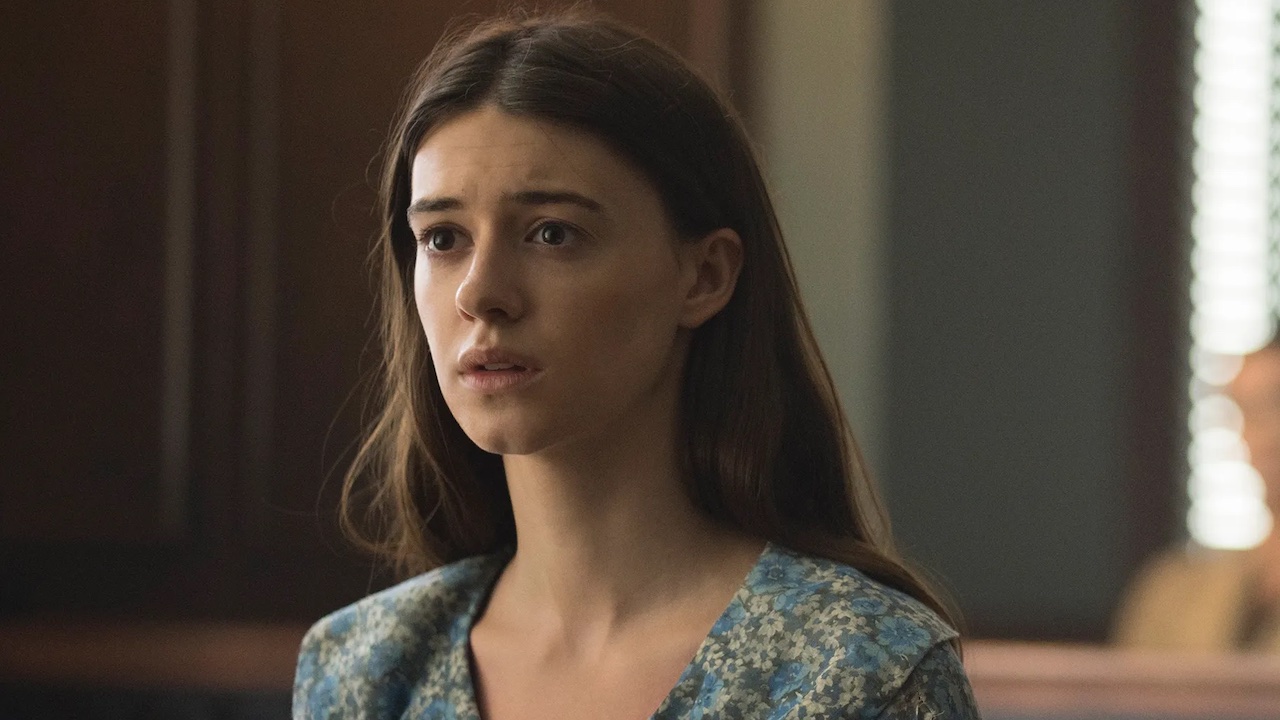
The Big Twist At The End Of Where The Crawdads Sing
After a cutthroat trial led by Kya’s lawyer (David Strathairn), the jury rules that she is innocent and Chase Andrews’ death is ruled as an accident. Kya then lives out her days alongside her first love, Tate (Taylor John Smith) into their old age within the marsh. Kya dies on a boat while on the marsh not soon after she imagines her late mother coming home as she remembered her. After an elderly Tate finds her dead, he is seen going through their home. There he finds a hidden notebook that features illustrations, secret poetry and most importantly, the shell necklace that was never found during Chase Andrews’ trial.
Previously in the movie, Chase’s mother testifies that Chase was wearing the shell necklace, which Kya gave him earlier in the film while they were together, the last time she saw him before he died. However, when his dead body was found, it was gone. The authorities had searched Kya’s home without any luck finding the shell necklace, but it was literally under their noses the whole time. Also in the notebook, Kya has illustrated a drawing of Chase and speaks of him as prey. Kya killed Chase after all, despite being proven innocent in court decades before.
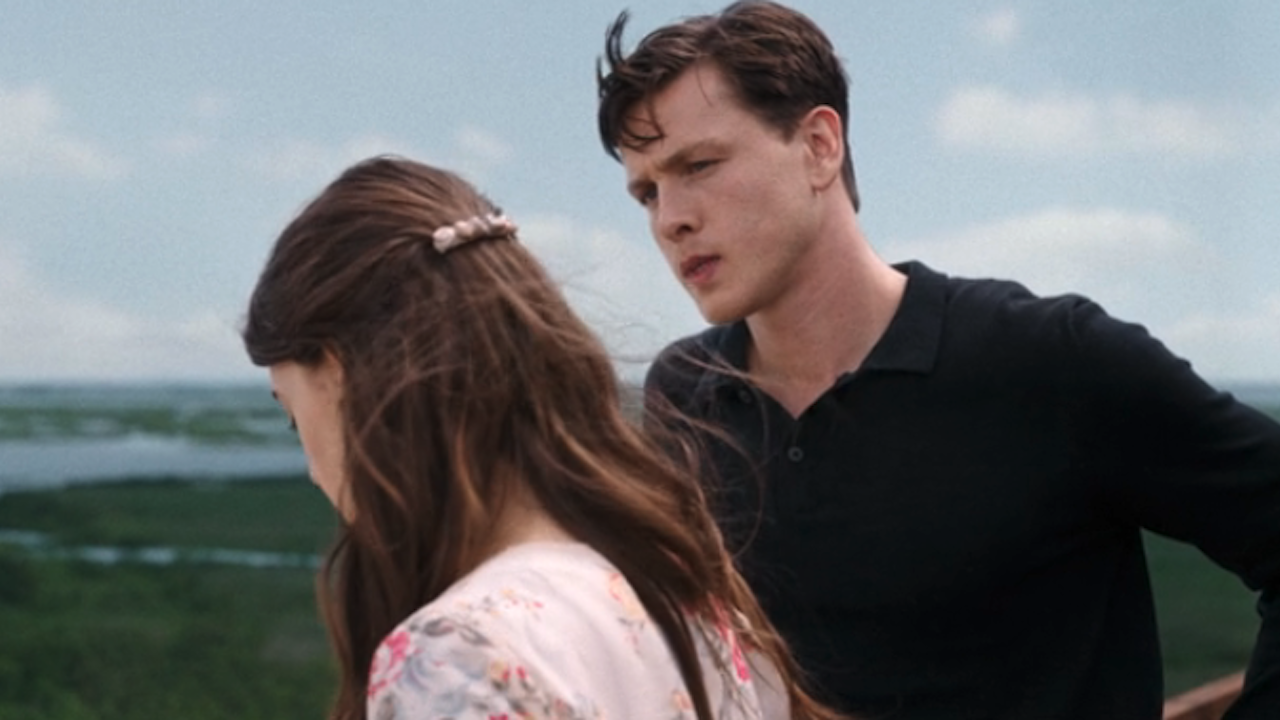
How Chase Andrews Was Killed
Where The Crawdads Sing never shows us the moment Kya kills Chase Andrews, but how she could have done it is referenced within the movie. As we come to learn in the film, Kya had a conference with book publishers when Chase died, giving her an alibi to be outside the marshes on the night he died. Though, there is a short window of time when she could have committed the murder. As shown in court, Kya chose a motel very close to a bus stop and after having dinner with her publishers, she must have taken the last bus ride home and lured Chase to the top of a tall lookout and pushed him off.
She then would have cleaned off all the fingerprints and taken the earliest bus back to her motel to meet with her publishers again, who noted she was “unruffled” in their next meeting. And along with collecting her many samples of feathers and shells over the years, she had to collect something from Chase and hide it away for Tate to find following her death. From what the movie shows us, Kya never told a single soul about the murder she committed and was pretty unbothered by committing the act or showing remorse for it.
CINEMABLEND NEWSLETTER
Your Daily Blend of Entertainment News
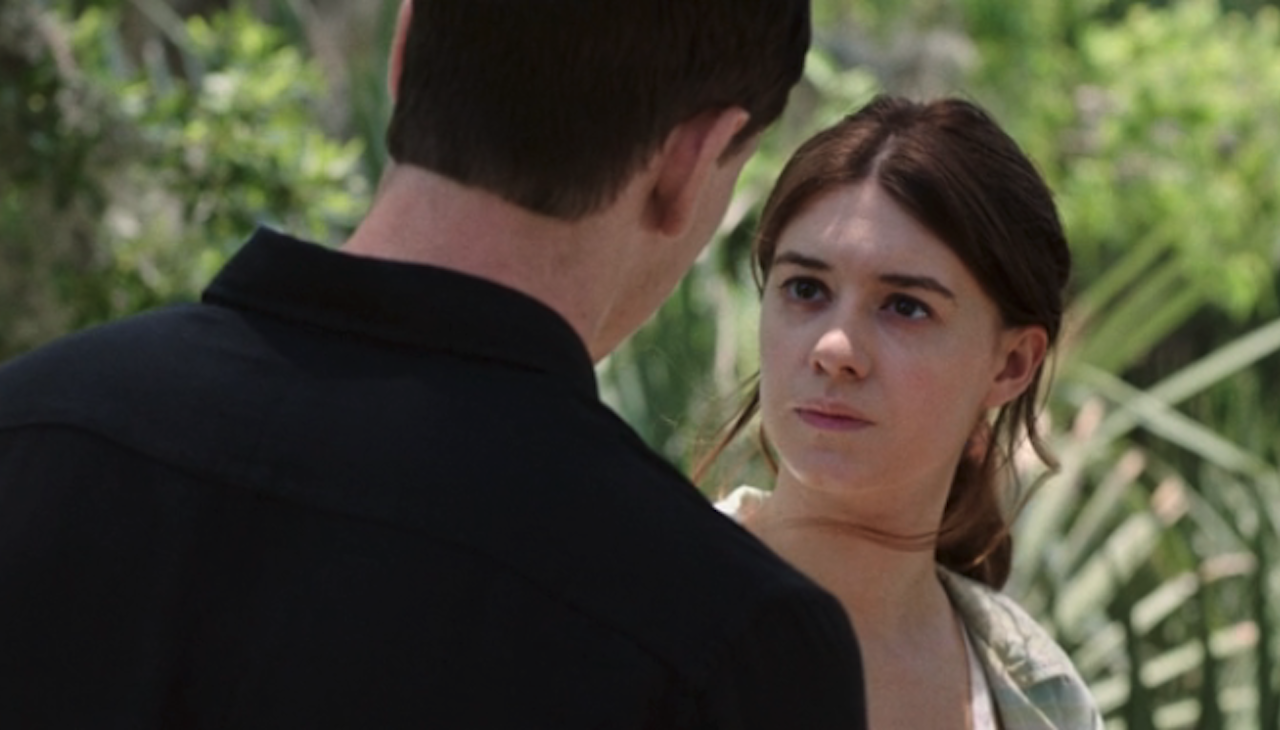
Why We Don’t See Kya Kill Chase
But why doesn’t Where The Crawdads Sing actually show Kya murder Chase? When the movie’s director, Olivia Newton spoke with The Wrap about crafting the ending of the movie she offered some insight into why we never see Kya commit the crime. In her words:
We did discuss shooting a slightly more explicit version of the ending. The book leaves so much to the imagination, and you get to understand who Kya is, but never fully. That’s part of what’s mysterious about her. We wanted to maintain that there’s a mystery to it.
While omitting Kya murdering Chase may add some confusion or mystery to the end of the story, that is very much purposeful to match the tone of the novel as the director shared. The filmmakers did in fact toy with a murder scene, but ultimately decided against it.
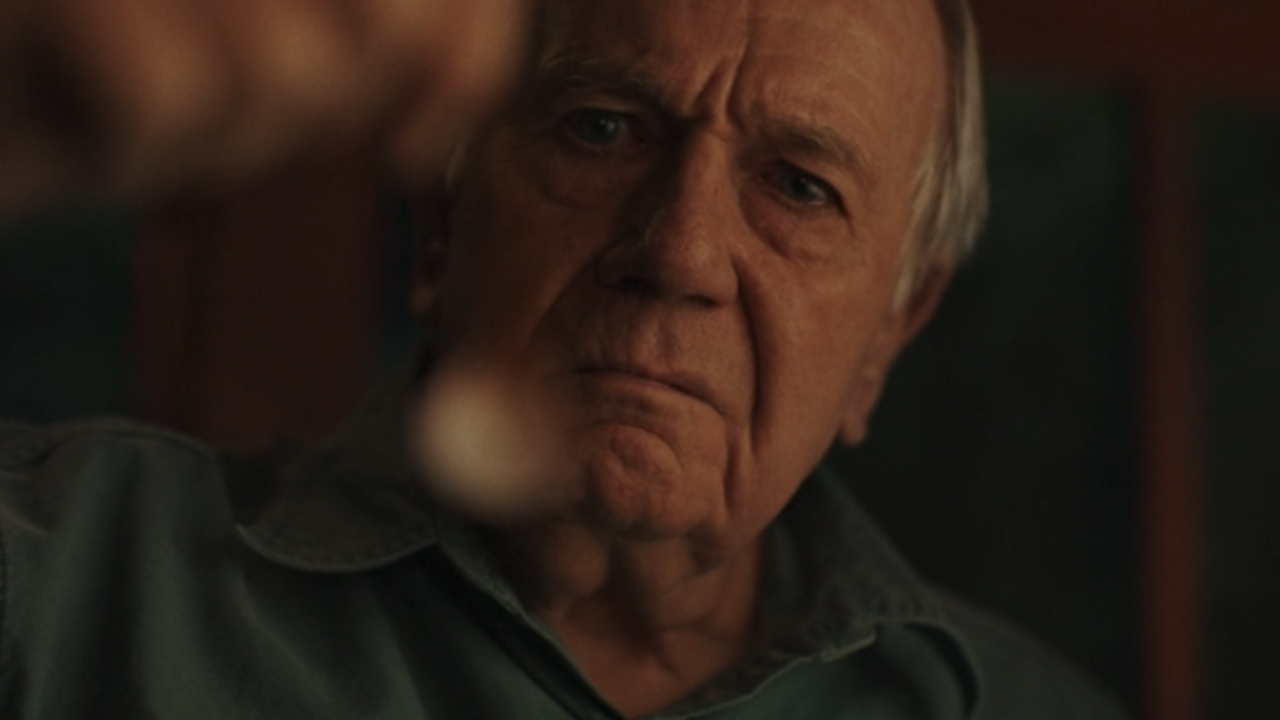
The Clues That Back Up The Twist Ending
While the ending to Where The Crawdads Sing is shocking and crafted by design to mislead its audience into believing she is innocent before the truth is revealed, there are a few clues throughout the movie to backup Kya being Chase’s murderer. For one, Chase was incredibly cruel to Kya and had backed her into a corner, with no intention of taking no for an answer. Chase loved Kya, but he showed signs of being very abusive toward her throughout the film. He allowed her little consent through their sexual interactions and nearly raped her in their last interaction, which ended in Kya saying she would “kill him” if he came near her again.
Kya is shown throughout the film to care very deeply about her home in the marsh and escape into the real world was not an option for her. She renewed the deed to her property in the marsh with the money she made off of her book too. But Chase continued to threaten that by coming by and treating her poorly (and even being engaged to someone in town, while still expecting a relationship with her). From Kya’s point of view to live the life she wanted, Chase was the only thing standing in her way. Plus, on the night before she kills him, when she is meeting with her publishers, they speak about some of the animals in her book she’s been studying, who have a violent nature. While her colleagues scorn the animal behavior, Kya says she believes nature doesn’t have a dark side, “just inventive ways to endure.” It shows Kya perhaps looked at the murder as a means for survival for herself, especially after a string of incidents of abuse.
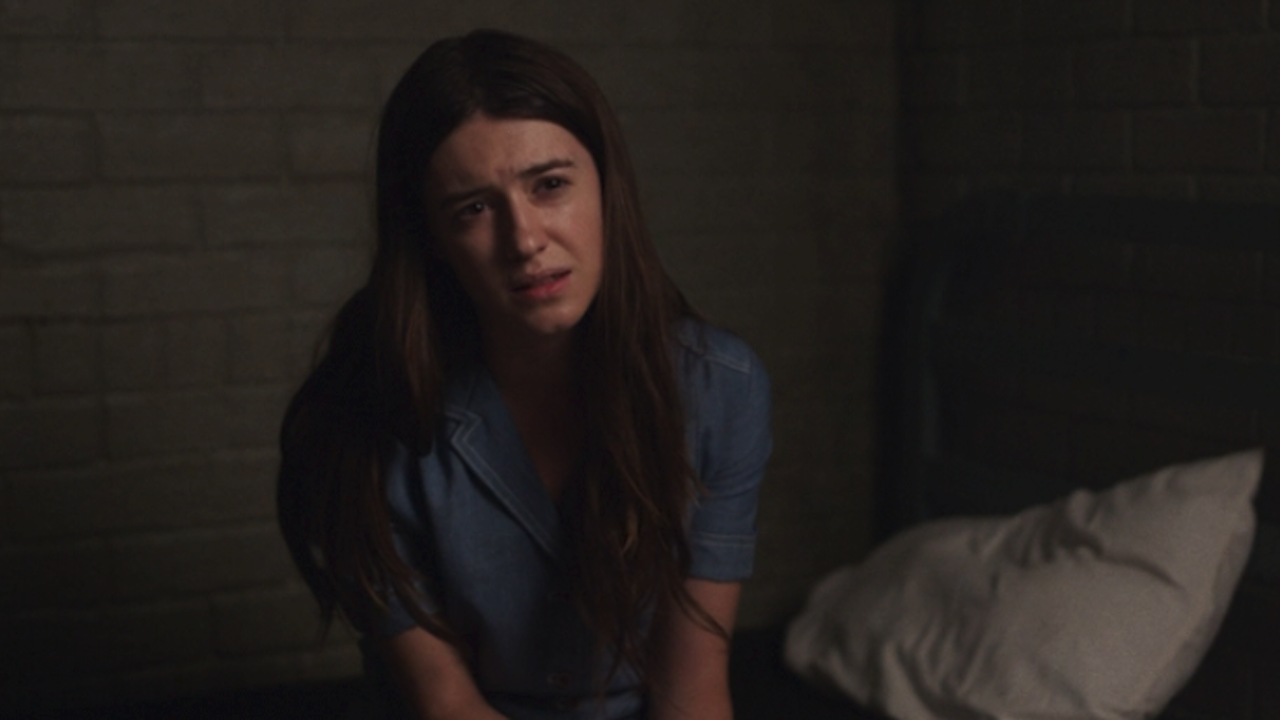
The Deeper Reasons Behind Kya’s Actions
To understand Kya’s actions even further, we’ll have to examine more of the storylines that make up her life. For one, Kya grew up under an abusive father who regularly chose violence to deal with conflict. It led to her entire family leaving not only him but her, who was the youngest child in the family. From those experiences, Kya developed a deep-seated trauma not only with abandonment, but with remaining safe within the confines of the marsh. When her father leaves too, Kya attempts to go to school for one day and then when she is ridiculed and faced with conflict and abuse from her peers, she decides she will learn from nature rather than going to school and living within society.
Kya then spends her entire life actively studying other animals as her education rather than ever assimilating in society. From that, one assumes she took up the mindset of the animal food chain and how when an animal feels threatened in nature, it won’t talk things out or move from its territory, but defend it and kill if necessary. And that’s exactly what Kya did. By her own mindset, she might not have ever believed it was the wrong thing to do.
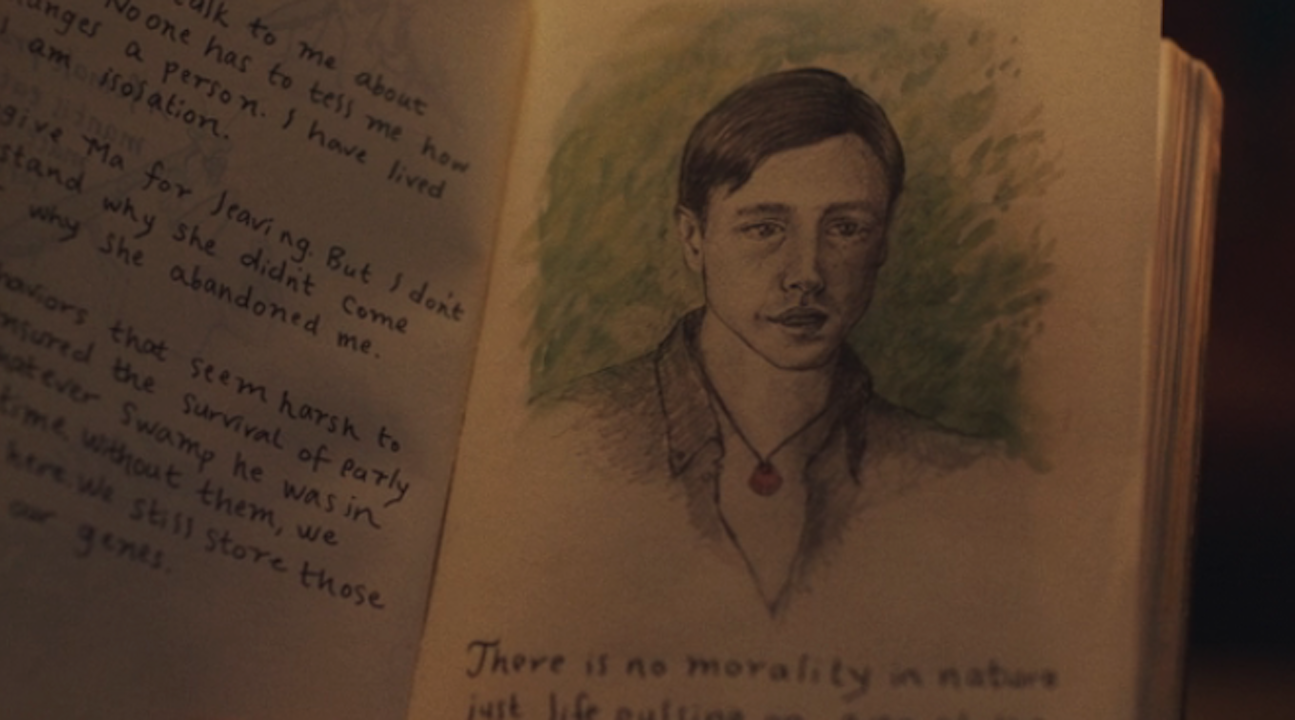
How The Movie’s Ending Differs From The Novel
While there are a few differences between the Where The Crawdads Sing novel and movie, the ending remains relatively unchanged. However, there is one additional detail the film decided to omit. In the book, Kya constantly quotes a local poet named Amanda Hamilton. But when Tate learns of her crimes, he also learns that Amanda Hamilton and Kya are the same person. And this poem from the novel speaks to her murder:
"Luring him was as easy
As flashing valentines.
But like a lady firefly
They hid a secret call to die.
A final touch,
Unfinished;
The last step, a trap.
Down, down he falls,
His eyes still holding mine
Until they see another world.
I saw them change.
First a question,
Then an answer,
Finally an end.
And love itself passing
To whatever it was before it began.
A.H."
The poem offers more context as to how Kya did it as well. She did in fact push him over the lookout and watched him die as he fell.
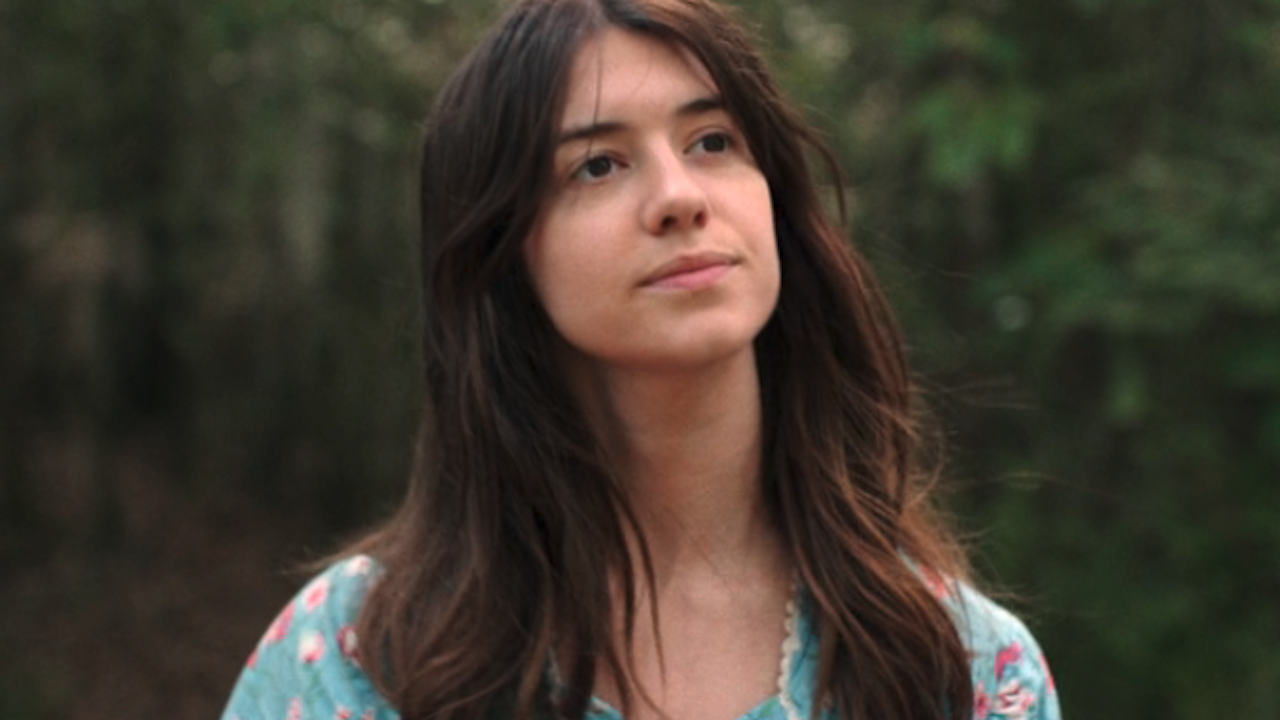
How The Title Ties Into The Ending
The title of the story itself Where The Crawdads Sing also somewhat speaks to the ending that plays out. First off, crawdads are an American slang term for crayfish, which are a freshwater crustacean related to the lobster. No, they don’t actually sing, but Delia Owens shared in the novel itself that the title means “a place that is far from modern society” or “to depart into nature.”
Apparently, Owens’ mother used to say the title of the book as a phrase all the time when she was growing up, too. The title ties into the ending because it speaks to Kya’s isolated upbringing where she took note from the animals rather than “modern society.” It only underlines why the murder made sense in her world where predators vs. prey is how the world turns.
Now that’s an ending that will make you look hard at Taylor Swift’s “Carolina” lyrics with brand new eyes. You can check out what upcoming book adaptations are on the way next here on CinemaBlend.
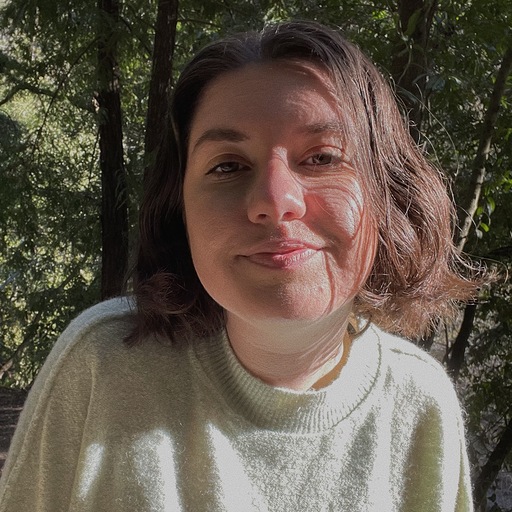
Sarah El-Mahmoud has been with CinemaBlend since 2018 after graduating from Cal State Fullerton with a degree in Journalism. In college, she was the Managing Editor of the award-winning college paper, The Daily Titan, where she specialized in writing/editing long-form features, profiles and arts & entertainment coverage, including her first run-in with movie reporting, with a phone interview with Guillermo del Toro for Best Picture winner, The Shape of Water. Now she's into covering YA television and movies, and plenty of horror. Word webslinger. All her writing should be read in Sarah Connor’s Terminator 2 voice over.
